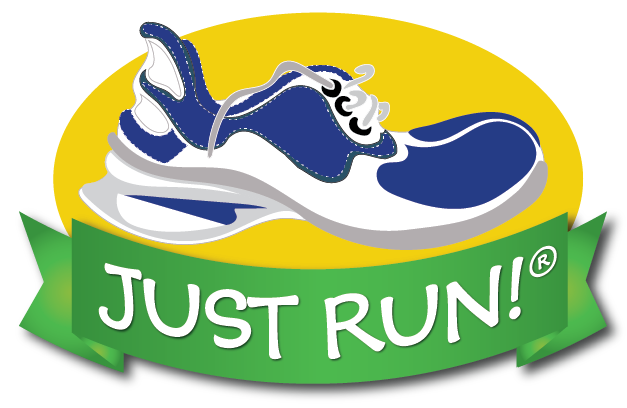NUTRITION
NUTRITION
Introduction
A balanced diet is one that provides the body with the nutrition that it needs to function properly. In order to get truly balanced nutrition, one should obtain the majority of daily calories from fresh fruits, vegetables, whole grains, and lean proteins.
Calories
The number of calories in a food item is a measurement of the amount of energy stored within that food. The energy contained in foods is used by the human body for walking, thinking, breathing, and all body functioning. The average adult requires approximately 2,000 calories every day to maintain his or her weight.
A person’s daily calorie intake should be based on age, gender, and physical activity level. Men generally need more calories than women, and active people need more calories than sedentary (inactive) people.
The following examples of recommended calorie intake for children are based on the American Heart Association guidelines:
- boys ages 4 to 8: 1,400
- girls ages 4 to 8: 1,200
- boys ages 9 to 13: 1,800
- girls ages 9 to 13: 1,600
- boys ages 14 to 18: 2,200
- girls ages 14 to 18: 1,800
The source of an individual’s daily calories is just as important as the number of calories consumed. The consumption of “empty calories,” or those that provide little or no nutritional value, should be limited. The U.S. Department of Agriculture (USDA) defines empty calories as calories that come from sugars and solid fats, such as butter and shortening.
According to the USDA, Americans consume empty calories most often in the following foods: bacon and sausages, cakes, cookies, cheese, doughnuts, energy drinks, sugared fruit drinks, ice cream, pizza, sports drinks, and sodas.
Why a Balanced Diet Is Important
A balanced diet is important for the body’s organs and tissues to work effectively. Without good nutrition, the body is more prone to disease, infection, fatigue, and poor performance. Children with a poor diet run the risk of growth and developmental problem and their bad eating habits generally continue in their futures.
Rising levels of obesity and diabetes in America are prime examples of the effects of poor diet and lack of exercise. The USDA reports that four of the top 10 leading causes of death in the United States are directly influenced by bad diet and nutritional choices. These are heart disease, cancer, stroke, and diabetes.
Balanced Diet
At the core of a balanced diet are foods that are high in vitamins, minerals, and other nutrients and low in unnecessary fats and sugars. The following are essential parts of a balanced diet. Recommended is a combination of these food groups every day:
Fruits
Besides being a great source of nutrition, fruits make quick and tasty snacks. Preferably, fruits that are in season should be selected; they are fresher and provide the most nutrients.
Vegetables
Vegetables are primary sources of essential vitamins and minerals. Dark, leafy greens generally contain the most nutrition and can be eaten at every meal. Examples include spinach, kale, green beans, broccoli, and collard greens.
Grains
In the United States, refined white flour is consumed more than any other grain. During the refining process, the hull of the grain—the outer shell—is removed. Unfortunately, the hull is where the majority of the grain’s nutrition lies. Whole grains, which are prepared using the entire grain, including the hull, provide much more nutrition. It is recommended that white to flour be replaced with whole-grain, found in breads and pastas for example.
Proteins
Meats (animal proteins) and beans are primary sources of protein, which is essential for proper muscle and brain development and maintenance. Lean, low-fat meats such as chicken, fish, and certain cuts of beef and pork are the best options. Removing the skin and trimming off any visible fat are easy ways to reduce the amount of fat and cholesterol in meats.
Nuts and beans, such as lentils, peas, almonds, sunflower seeds, and walnuts, are also good sources of protein. Tofu, tempeh, and other soy-based products are excellent sources of protein and are healthy alternatives to meat.
Dairy
Dairy products provide calcium, vitamin D, and other essential nutrients. However, they are also major sources of fat, so it is best to choose reduced-fat or fat-free cheeses, milk, and yogurt.
Oils
Oils should be used sparingly. Choose low-fat versions of products that contain oil, such as salad dressing and mayonnaise. “Good” oils, such as olive oil, can replace fattier vegetable oil in a healthy diet. Foods that have been deep-fried in oil, because they contain a large number of empty calories, should be avoided.
The USDA highlights these key substances and recommends moderation in order to maintain a balanced diet and healthy weight: alcohol, cholesterol, refined grains, solid and saturated fats, salt, sugars.
